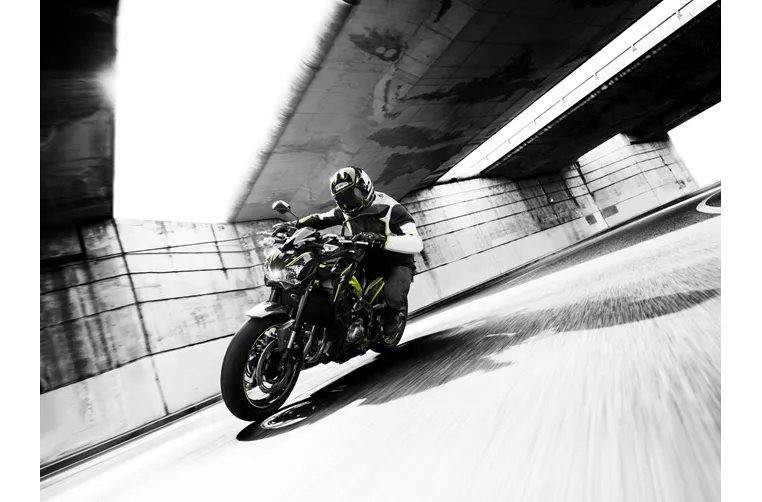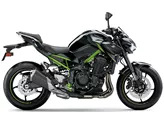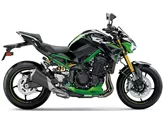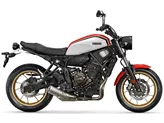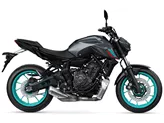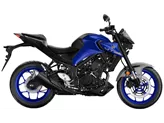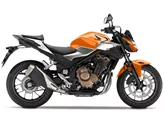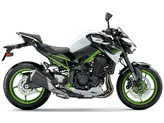Kawasaki Z900 2018 vs. Yamaha MT-07 2016

Kawasaki Z900 2018

Yamaha MT-07 2016
Overview - Kawasaki Z900 2018 vs Yamaha MT-07 2016
The Kawasaki Z900 2018 and the Yamaha MT-07 2016 are both naked bikes with similar engine types and cooling systems. However, there are several key differences between the two models.
In terms of engine power, the Kawasaki Z900 2018 boasts a more powerful engine with 125.4 HP compared to the Yamaha MT-07 2016's 75 HP. This gives the Z900 a significant advantage in terms of acceleration and top speed. The Z900 also has a higher torque of 98.6 Nm compared to the MT-07's 68 Nm, providing better low-end power.
Both bikes have a similar number of cylinders, with the Z900 having 4 cylinders and the MT-07 having 2. However, the Z900's larger displacement of 948 ccm gives it a slight edge in terms of overall performance.
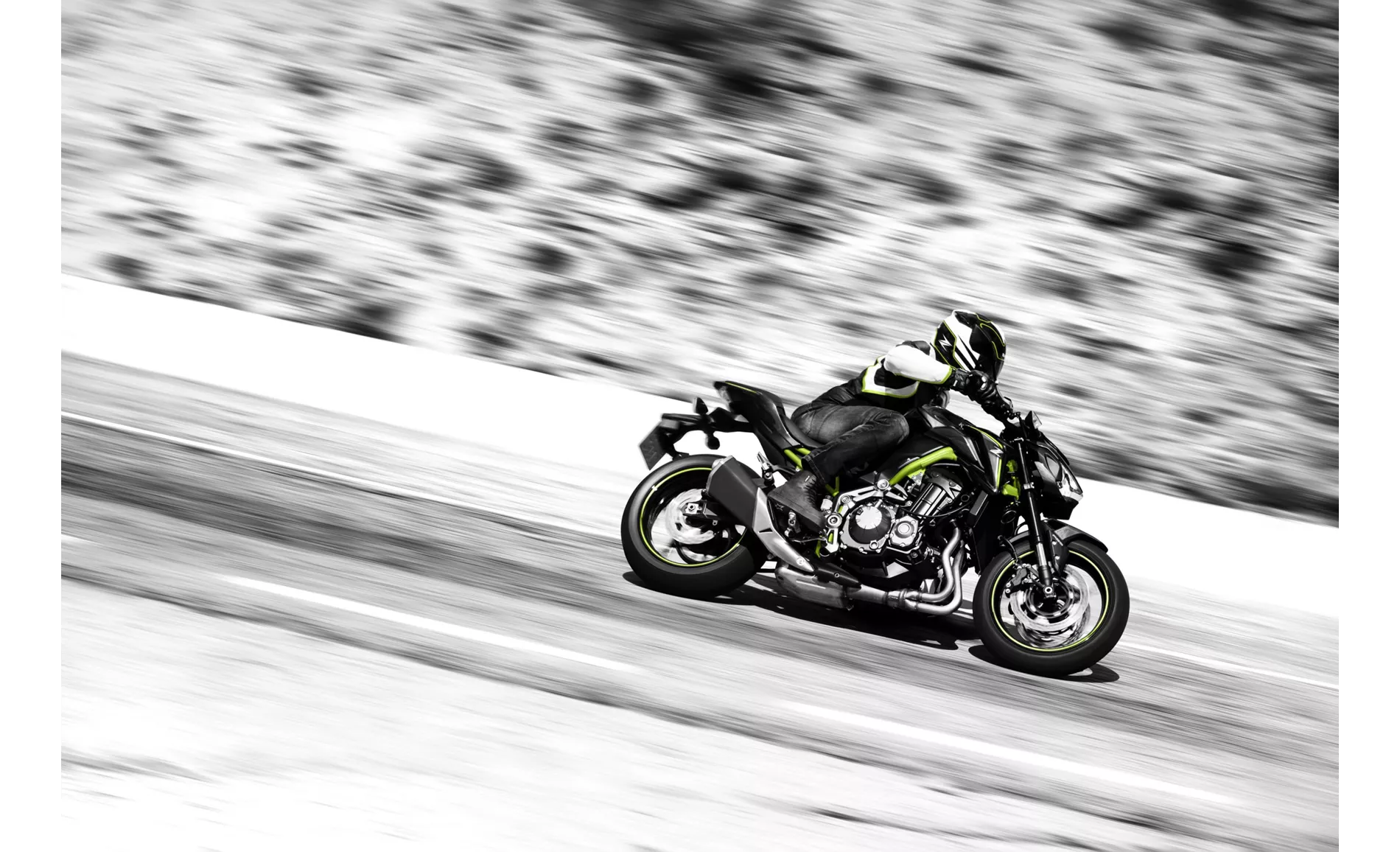
Kawasaki Z900 2018
In terms of suspension, the Z900 features an Upside-Down telescopic fork, which provides better handling and stability compared to the MT-07's telescopic fork. The Z900 also has a steel frame, which adds to its overall rigidity and stability.
Both bikes have double disk front brakes, providing excellent stopping power. However, the Z900's brakes are not specified further, while the MT-07 is described as having powerful brakes. This suggests that the MT-07 may have an advantage in terms of braking performance.
In terms of dimensions and weights, both bikes have the same front and rear tyre widths and diameters. However, the Z900 has a slightly longer wheelbase of 1450 mm compared to the MT-07's 1400 mm. This may result in better stability and handling for the Z900.

Yamaha MT-07 2016
The seat height of the Z900 is lower at 795 mm compared to the MT-07's 805 mm, making it more accessible for shorter riders. However, the Z900 is slightly heavier with a kerb weight of 210 kg compared to the MT-07's 182 kg. This may affect maneuverability and ease of handling for some riders.
In terms of strengths, the Z900 has a powerful and silky engine, great sound, and a sharp, sporty look. It also has a low seating position and easy handling, making it a comfortable and maneuverable bike. On the other hand, the MT-07 has a very agile engine, very easy handling, and a low weight. It also has a powerful brakes, comfortable seating position, and an extensive and easy-to-read display.
In terms of weaknesses, the Z900 lacks traction control, which may be a disadvantage for riders looking for additional safety features. Additionally, the knee angle on the Z900 may be strenuous for taller riders during long rides. On the other hand, the MT-07 has a chassis that is a little soft, which may affect stability and handling. The footrests on the MT-07 may also drag, and it has some cheap plastic parts. The telescopic fork on the MT-07 is described as boring, suggesting it may not provide the same level of performance as the Z900's Upside-Down telescopic fork.
Technical Specifications Kawasaki Z900 2018 compared to Yamaha MT-07 2016
Pros and Cons in comparison
Pros and Cons in comparison
Kawasaki Z900 2018
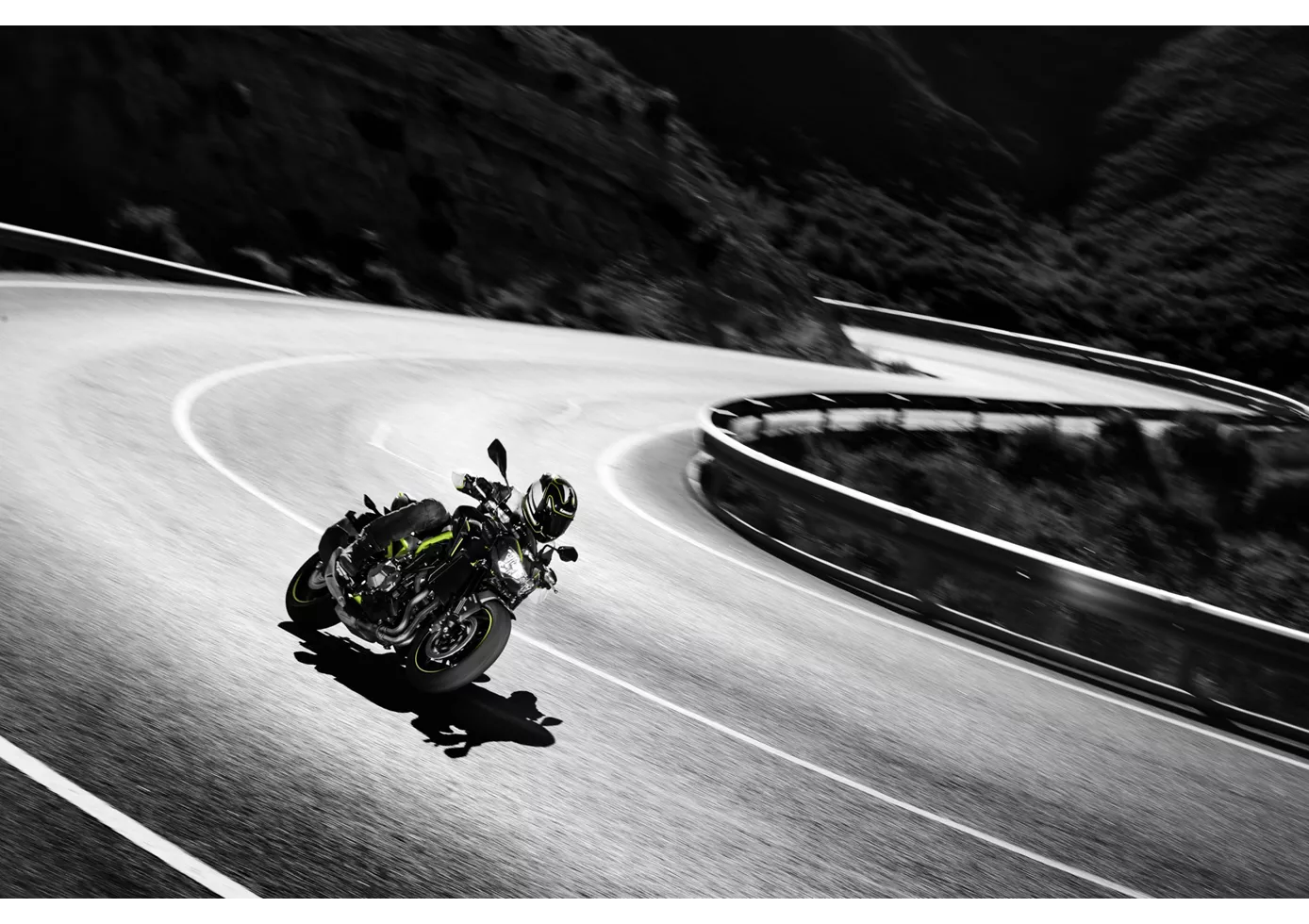
In the hotly contested naked bike segment, the Z900 plays right at the front. Above all, its engine is absolutely terrific, runs incredibly silky and offers rich power in all rev regions - as befits a Japanese four-cylinder. Its sporty, aggressive appearance matches this. It does without electronic bells and whistles, but still conveys a lot of confidence when chasing corners, braking and accelerating out of them. The low seat is especially beneficial for smaller riders, but taller riders might miss a flatter knee angle on long distances. The low weight and compactness make the Z900 particularly agile and easy to handle. A sporting cannon that is also extremely appealing in terms of price
Yamaha MT-07 2016

The MT-07 is an incredible fun machine that is extremely sporty to ride. The brakes pack a punch, the handling is superb and the engine is currently by far the most agile powerplant in this class - and even above.
Price Comparison Avarage Market Price Kawasaki Z900 vs Yamaha MT-07
There are a few key differences between a Kawasaki Z900 2018 and a Yamaha MT-07 2016. In terms of price, the actual average price of a Kawasaki Z900 2018 is about 47% higher. A Kawasaki Z900 2018 experiences a loss of 640 USD in one year and 520 USD in two years of ownership. This is offset by a loss of 390 USD and 710 USD for a Yamaha MT-07 2016. Compared to Yamaha MT-07 2016 there are more Kawasaki Z900 2018 bikes available on the 1000PS.de Marketplace, specifically 55 compared to 24. It takes less time to sell a Yamaha MT-07 with 51 days compared to 112 days for the Kawasaki Z900. Since model year 2017 1000PS.de editors have written 46 reviews for the Kawasaki Z900 and 69 reviews for the Yamaha MT-07 since model year 2013. The first review for the Kawasaki Z900 was published on 11/11/2016 and now has more than 93,200 views. This compares to more than 12,600 views for the first review on Yamaha MT-07 published on 11/4/2013.
